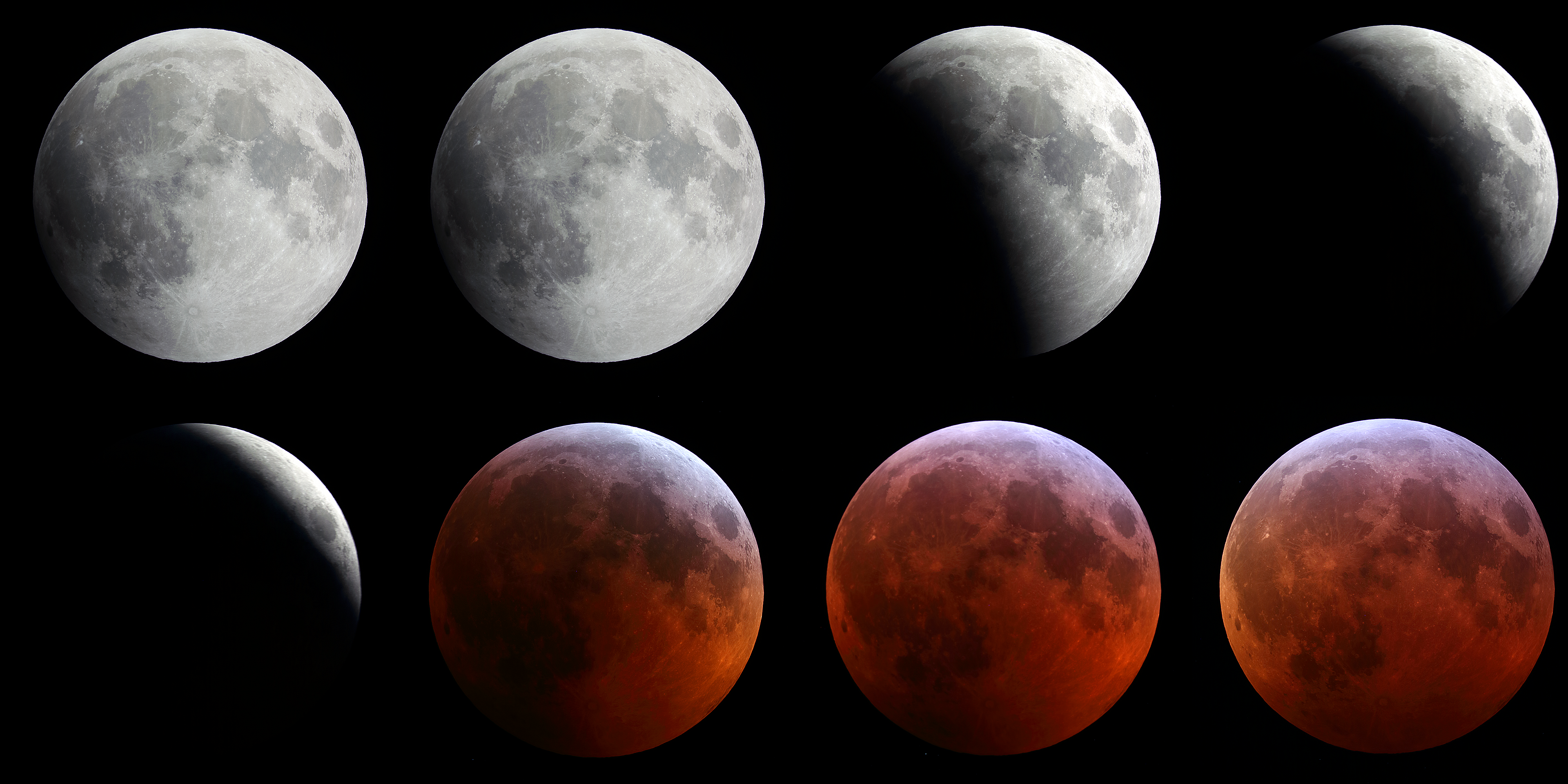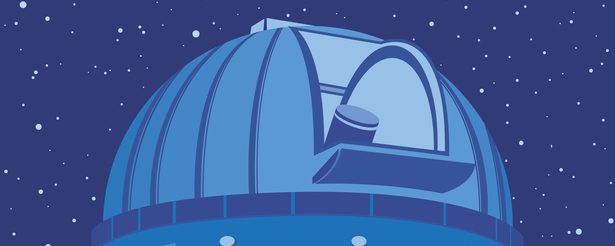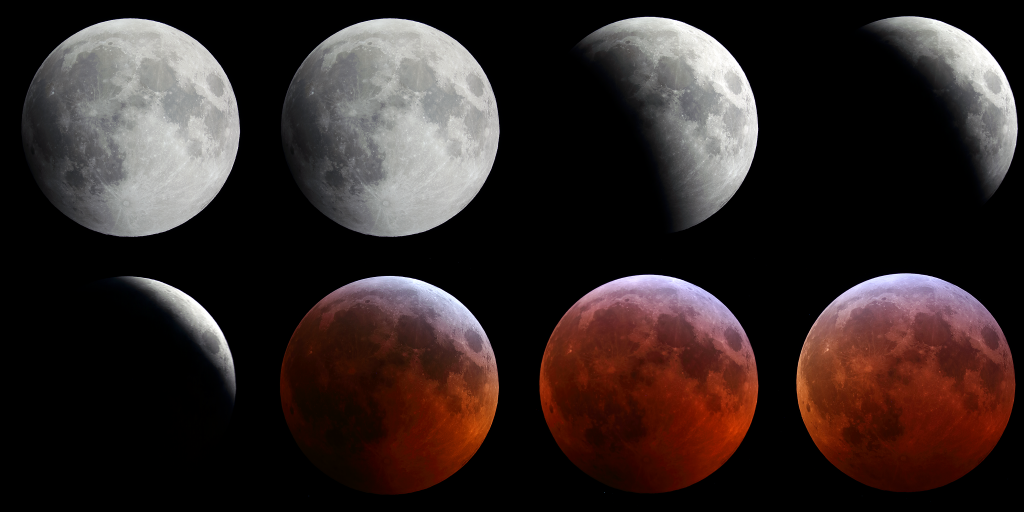
Similar Posts

The Coalsack, Imaged from Australia!
It’s been really cloudy lately in Central Florida, so instead of imaging from my driveway, I’ve tried using remote observatories. This particular image was taken using a telescope in Australia, using a service called telescope.live. This is the “Coalsack nebula”, a dark cloud of gas obscuring the Milky Way in the Southern hemisphere. We’re looking…

Another glob.
Here we have another globular cluster: M53. You don’t see this one imaged too often, but it’s still quite pretty. I’ve never met a globular cluster I didn’t like. It’s one of the more distant globular clusters in our galaxy, about 60,000 light-years away.

The “Outer Limits” Galaxy
This one’s also known as the “Silver Sliver” Galaxy, or more formally NGC 891. It’s about 30 million light-years away, well beyond our own local group. It’s thought to be quite similar to our own Milky Way! What I really geek out on, though, is the wider views here – there are so many other…

The Rosette Nebula, revisited
Had a couple of clear nights recently, and trained the ‘scope at the Rosette Nebula again. By combining this year’s data with last year’s, I created an image with a total 27 hours of exposure time! The Rosette Nebula is about 5,000 light-years away within the constellation Monoceros, and is the birthplace of the cluster…

The Eye of Sauron, revisited
This is the Helix Nebula, sometimes also called the “Eye of God” or the “Eye of Sauron”. It’s a planetary nebula, formed by a star blowing off its outer layers of gas before collapsing into the white dwarf you can see at its center. This is thought to be the ultimate fate of our own…

The “Silver Sliver” Galaxy
Try saying that three times fast! Fortunately, the “Silver Sliver Galaxy” has a formal name that’s easier to pronounce: NGC 891. It’s about 30 million light-years away, and is thought to be very similar to what our own Milky Way galaxy would look like when viewed edge-on. Explore the wider-field image; click on it for…

